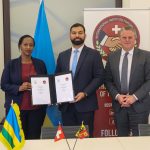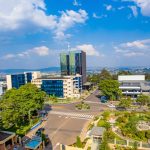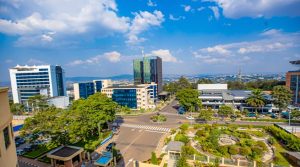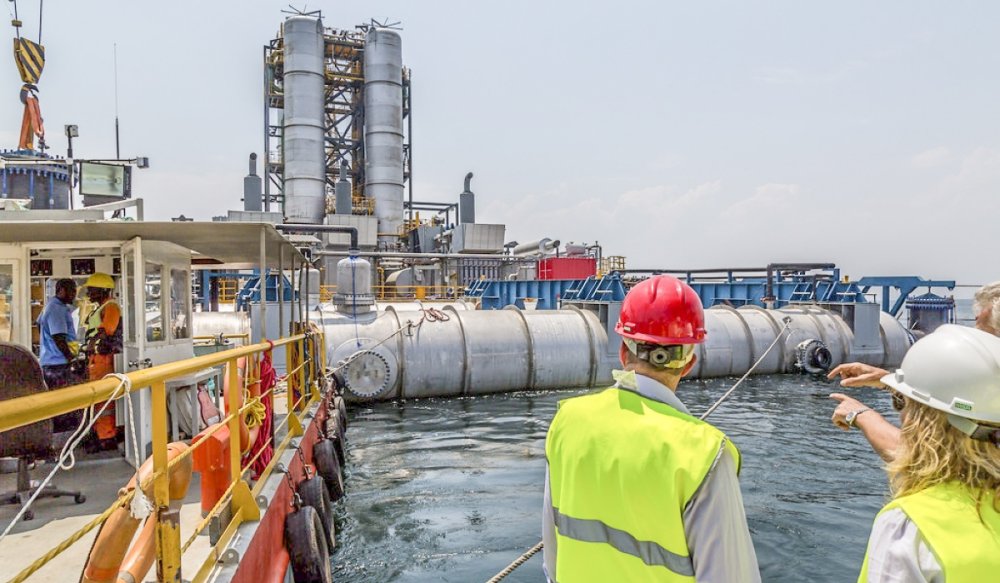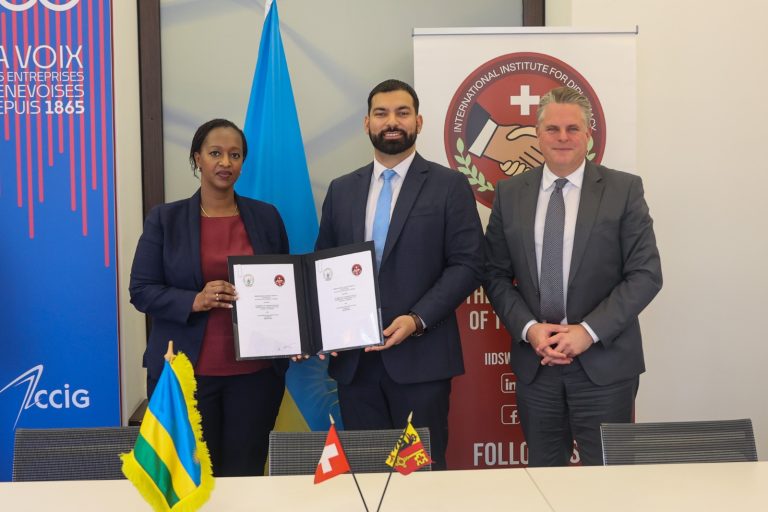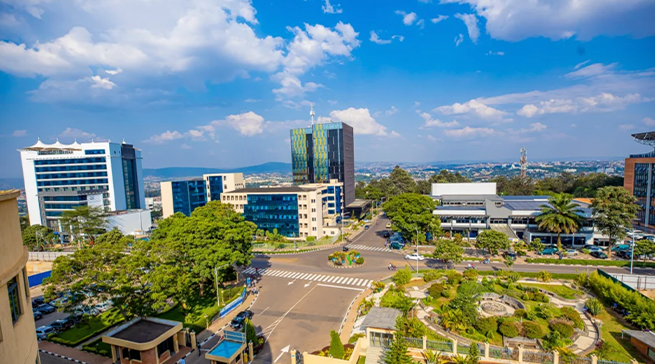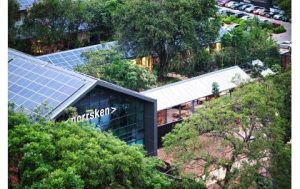The construction of a state-of-the-art laboratory designed to monitor methane gas in Lake Kivu and ensure environmental safety has reached 80% completion, with officials confirming that the facility will be ready next month.
The laboratory, being built in Rubavu District, is part of the Lake Kivu Monitoring Program (LKMP) and is valued at Rwf 2 billion. It aims to enhance scientific oversight of methane extraction and environmental protection around one of Rwanda’s most valuable natural resources.
Once completed, the lab will be equipped with advanced instruments for monitoring water and gas quality, ensuring compliance with environmental standards, and supporting a wide range of scientific research.
According to the Rwanda Environment Management Authority (REMA), the facility will also provide researchers specializing in biology, chemistry, earth sciences, and environmental studies with modern tools rarely available in the region.
Eric Mudakikwa Ruhanamirindi, the Head of the Lake Kivu Monitoring Unit at REMA, told members of the Parliamentary Committee on Land, Agriculture, Livestock and Environment that construction is expected to be completed by November, with an official launch scheduled for the following month.“The main goal is to ensure that methane gas extraction is done in a way that protects the environment,” he said.
Alex Mugabo, REMA’s Project Implementation Coordinator, confirmed the project’s progress: “Construction has reached 80%. Although it was supposed to be completed earlier, we still need an additional Rwf 500 to 600 million to finalize the remaining work. The progress is steady, and all necessary funds have already been secured.”
According to REMA, Lake Kivu contains between 60 and 70 billion cubic meters of methane gas, of which around 44.7 billion cubic meters can be safely extracted.
Besides methane extraction, Lake Kivu supports several economic activities including transportation, fishing, tourism, and recreation for both locals and visitors.
Rwanda currently operates two methane extraction plants KivuWatt and Shema Power Lake Kivu and a third facility, GasMeth, is expected to start operations soon.
Over the next five years, the Rwandan government plans to invest more than $1 billion in energy projects aimed at generating 1,000 megawatts to meet national demand. Out of this, about 136 megawatts will come from methane gas resources in Lake Kivu.
Author: Justinmind HARERIMANA

